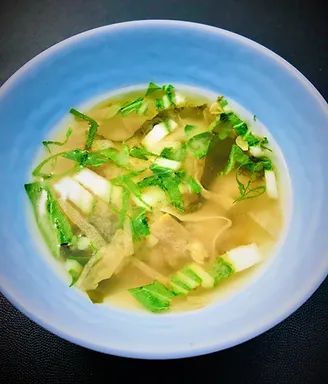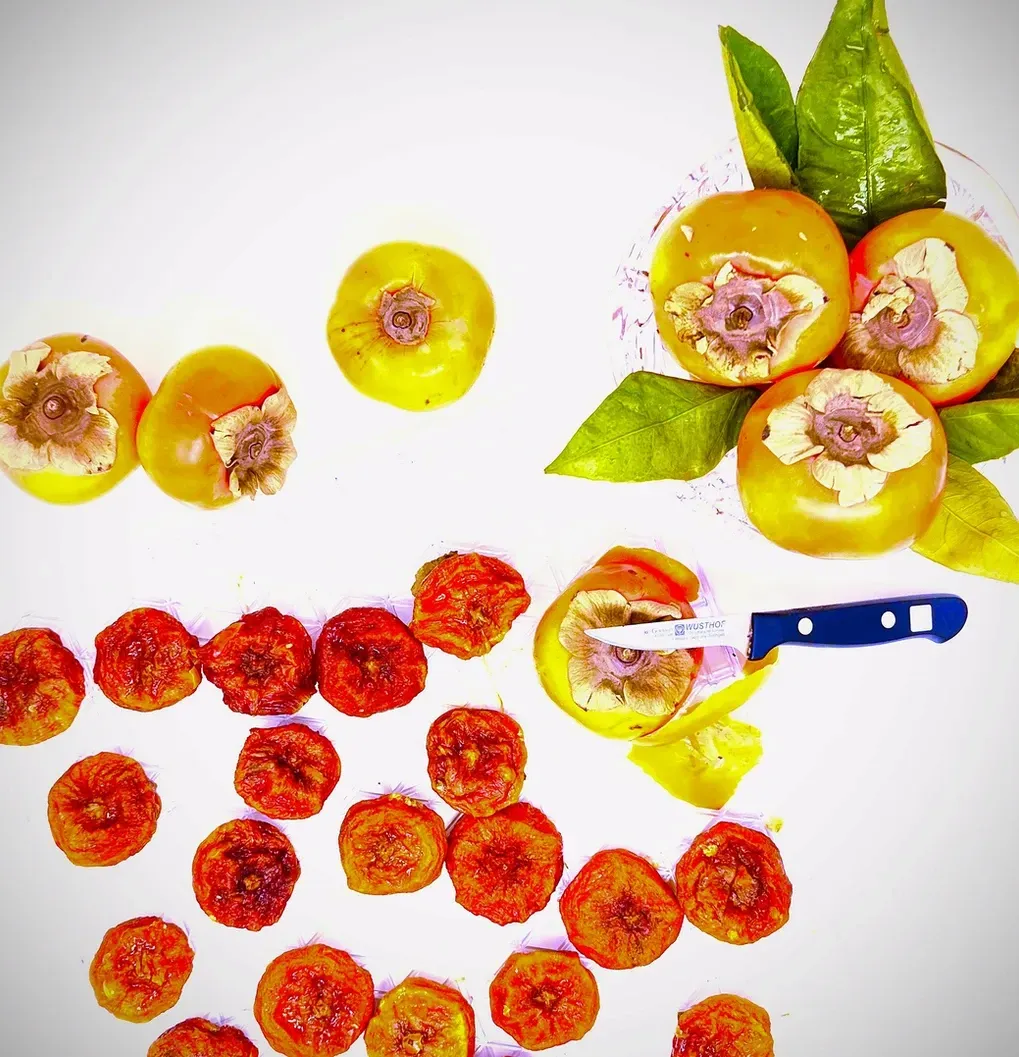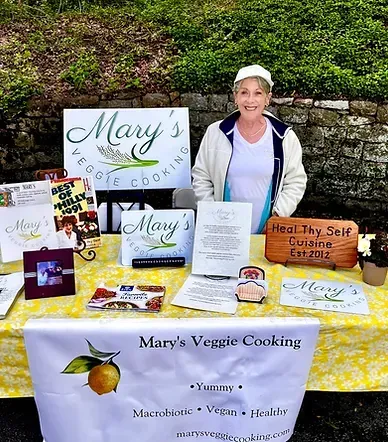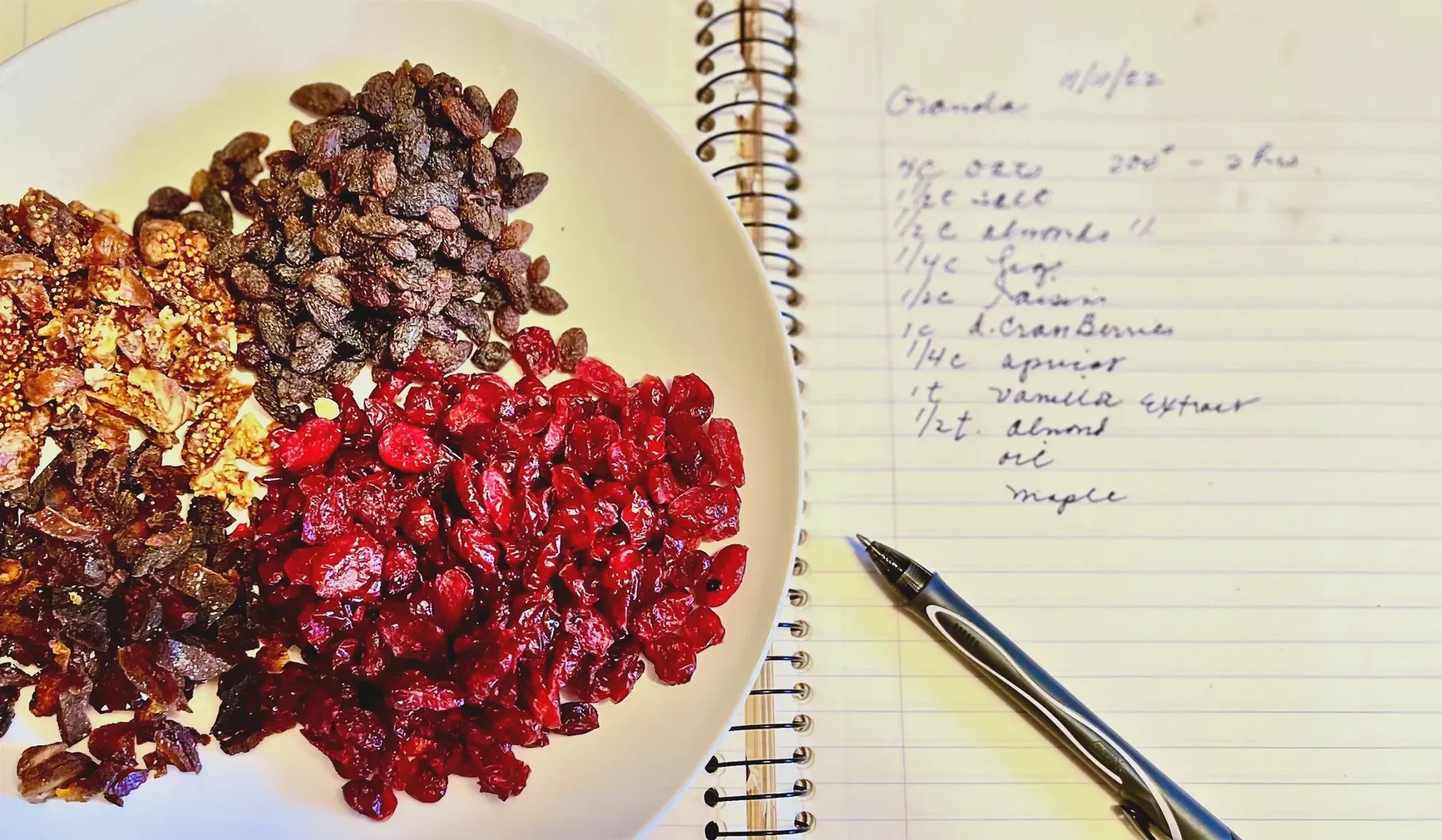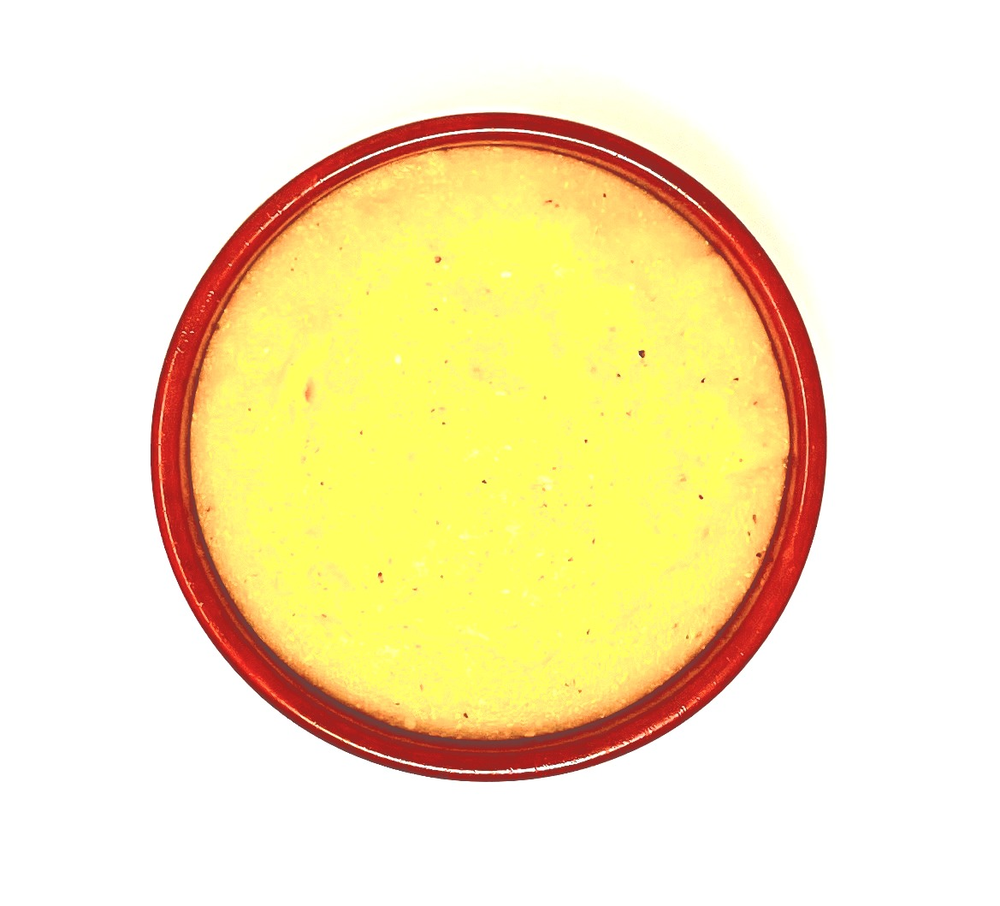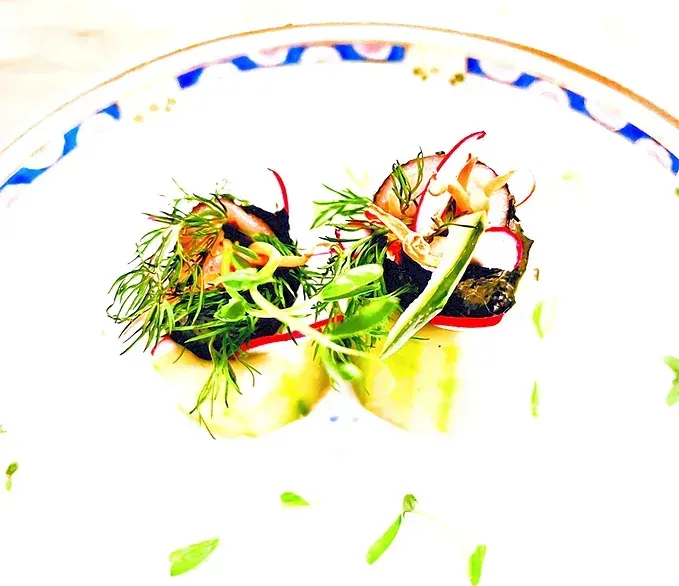Lightly Cooked Garden Greens
Green vegetables come in many ways, from leafy to varieties of the Brassica family of cabbages and mustards. They are also known as cruciferous vegetables or Cole crops due to their stem or stalk. There are infinite ways to cook these wonderful green vegetables, yet it is essential to retain their deep color and nutritional value.
Methods of cooking can determine the outcome towards the full potential of the result of the dish. There are many techniques for working with green vegetables: Blanching, steaming, boiling, sauteing, frying, pressed salad, pickling. Keeping green veggies in our daily diet is essential. It is easy to cook them quickly by blanching, steaming, or boiling.

To Boil:
- Cut one-third of a bunch of broccoli into matching size crowns. Suitable to cut through the stem to create a manageable size. Use the stalks in other ways.
- Wash broccoli and set it aside.
- Bring enough water to cover broccoli and a pinch of sea salt (optional) to a boil.
- Add the broccoli and immerse the broccoli to cook evenly.
- Allow to cook for about four minutes, remove with a slotted spoon, and spread heads out evenly on a sushi mat or porous mat to cool. Serve.
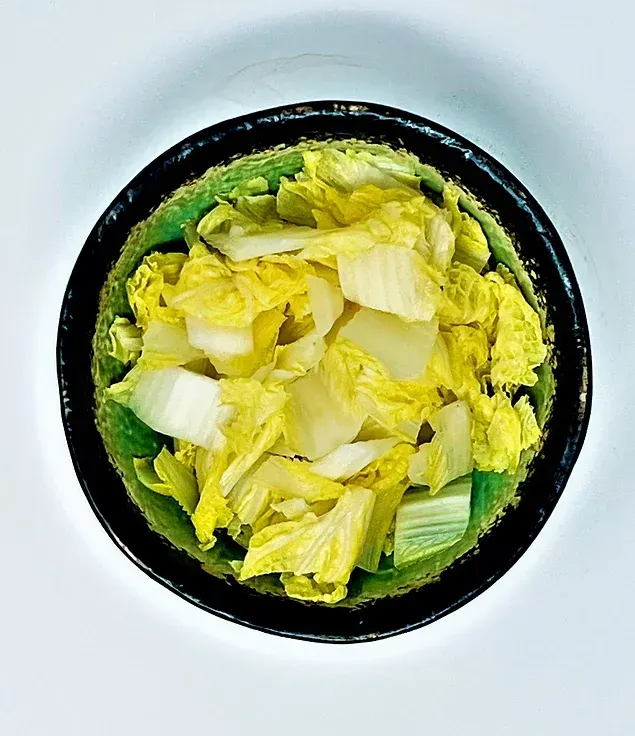
To Blanche:
- Wash the vegetables well. Depending on the type of vegetable, you can cut ahead or cook whole and then cut. With long leafy greens, it seems helpful to keep the stems and leaves together while cooking and then cut.
- Prepare a water and ice bath in a bowl to halt cooking and nutritional loss.
- Bring enough water to boil with salt to cover the vegetables. Immerse part of the vegetables in stages to not overcrowd the pot for even more cooking.
- Cook for 30 seconds (for leafy) to 1 minute to 2 minutes, depending on the thickness of the vegetable. The temperature ranges from 70 to 100 degrees.
- Remove with a slotted spoon/strainer and place in icy water to stop the cooking.
- When cooled after just a few minutes, remove and place on a porous mat to drain and serve.
Blanching is great for summer cooking or when you want to remove just the skin of a vegetable. The technique can also remove bitterness, such as broccoli rabe, or soften vegetables before roasting.
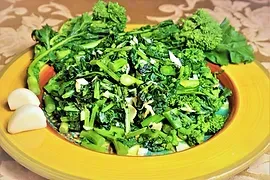
- Wash and blanch rabe for 30 seconds.
- Drain and squeeze out excess liquid.
- Cut into bite-size pieces.
- Sauté with garlic in olive oil, add salt to your taste
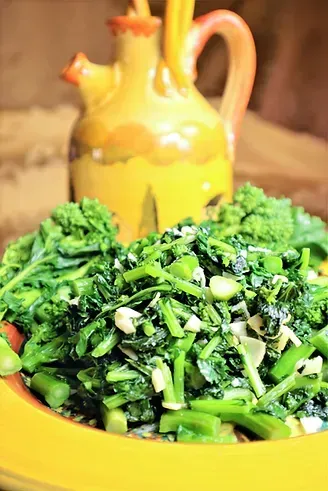
My close friend Gloria Elia showed this recipe to me, who assisted me in the early days when we cooked for macro folks out of my home. Another friend who knew Italian cooking did not
blanch first. Instead, she sauteed the garlic first in oil until the garlic was toasted golden. Then she removed the garlic and added the cut broccoli rabe to sauté until done.
Each method is delicious.
Buon Appetito!

